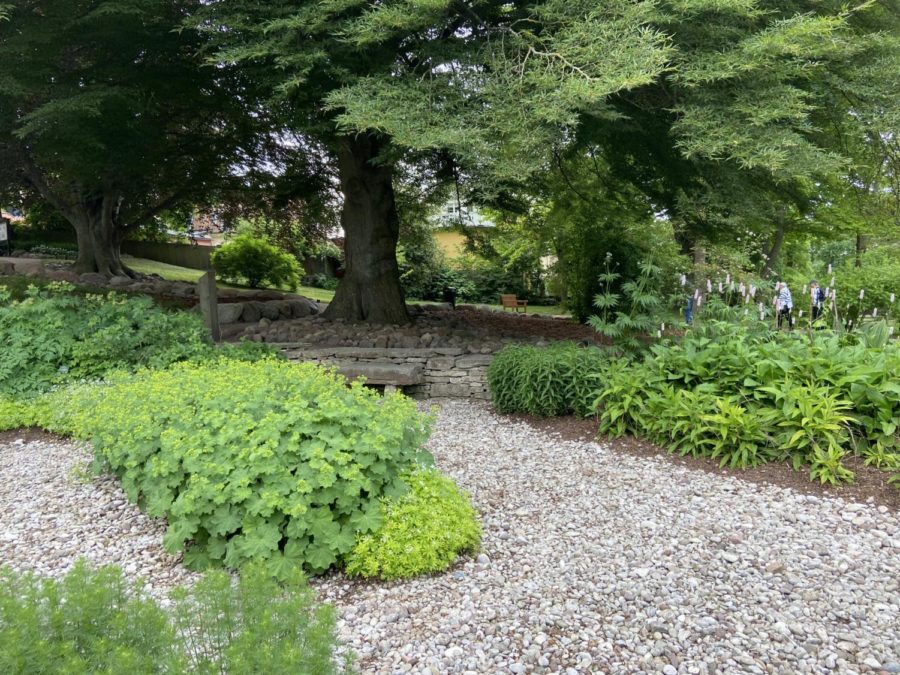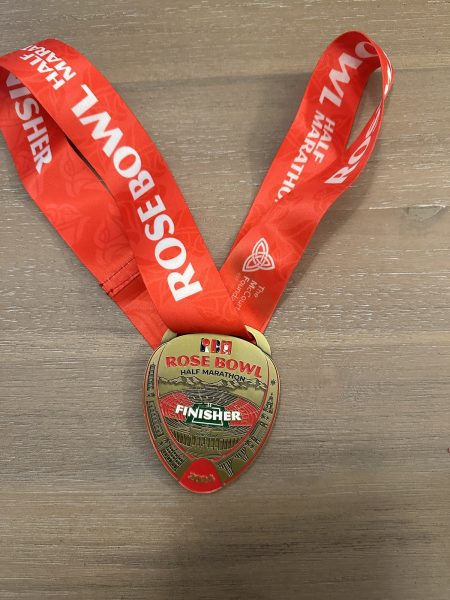A Guide to Gardening
Gardening is a fun activity that is perfect for welcoming spring!
April 4, 2023
As far as 23,000 years ago, humans started farming. Though initially plants were grown as a food source, the purpose of gardens has expanded to provide an aesthetic appeal to people’s homes and yards (ScienceDaily).
Today, many people enjoy gardening as a hobby. Not only does this activity allow people to spend more time outdoors, but it also has numerous psychological benefits. Gardening is scientifically proven to boost mental health, making people happier and more confident. After all, what is there not to enjoy after seeing months of hard work result in a successful crop? Moreover, having plants in or around your home can lead to joy. Analise Hopper (12) keeps numerous plants in her room and shares that “caring for [her] own plants brightens [her] living space and adds positivity into [her] day.” Clearly, gardening can result in a plethora of benefits (WebMD).
I keep a lot of plants in my room, and caring for my own plants brightens my living space and adds positivity into my day.
— Analise Hopper (12)
Now that spring has begun, it is the perfect time to start your own garden! Here is a step-by-step guide to help you get planting!
1. Before anything, you must first decide what plant you want to grow. Different plant types have varying optimal growing seasons; some may be best planted during colder temperatures while others should be planted when it is warmer. In Southern California, the warmer climate makes it more difficult to plan the prime time for gardening, so some plant species may need to be planted during late spring or even early fall.
2. Next, you must choose a spot for your garden. Regardless of whether the garden is indoor or outdoor, the location must receive direct sunlight, one of the essential components for plant growth. The garden location must also be easily accessible for watering and caretaking while also being out of the way of wildlife that could threaten plant survival.
3. Continuing on, you must now prepare the soil for planting. When gardening outdoors, you may need to clear the area of any weeds or unwanted plants. If the dirt seems unplantable, you may need to spread compost around the planting area, but you may need to start the process in the fall to have richer soil by springtime. When planting indoors, you can fill a pot with potting mix, which is usually filled with fertilizing elements to optimize plant growth.
4. After the garden is set up, you can start planting seeds! Each plant species has different planting instructions, but for many plants, you can dig a small hole in the soil and place a few seeds inside before covering the seeds with the soil.
5. Now that the seeds are planted, you can establish a watering routine to ensure that your plants stay healthy. Generally, plants need about a tablespoon of water per day, though this value differs from species to species. By maintaining a consistent plant care schedule, you can ensure that your healthy garden brings joy into your life!






















